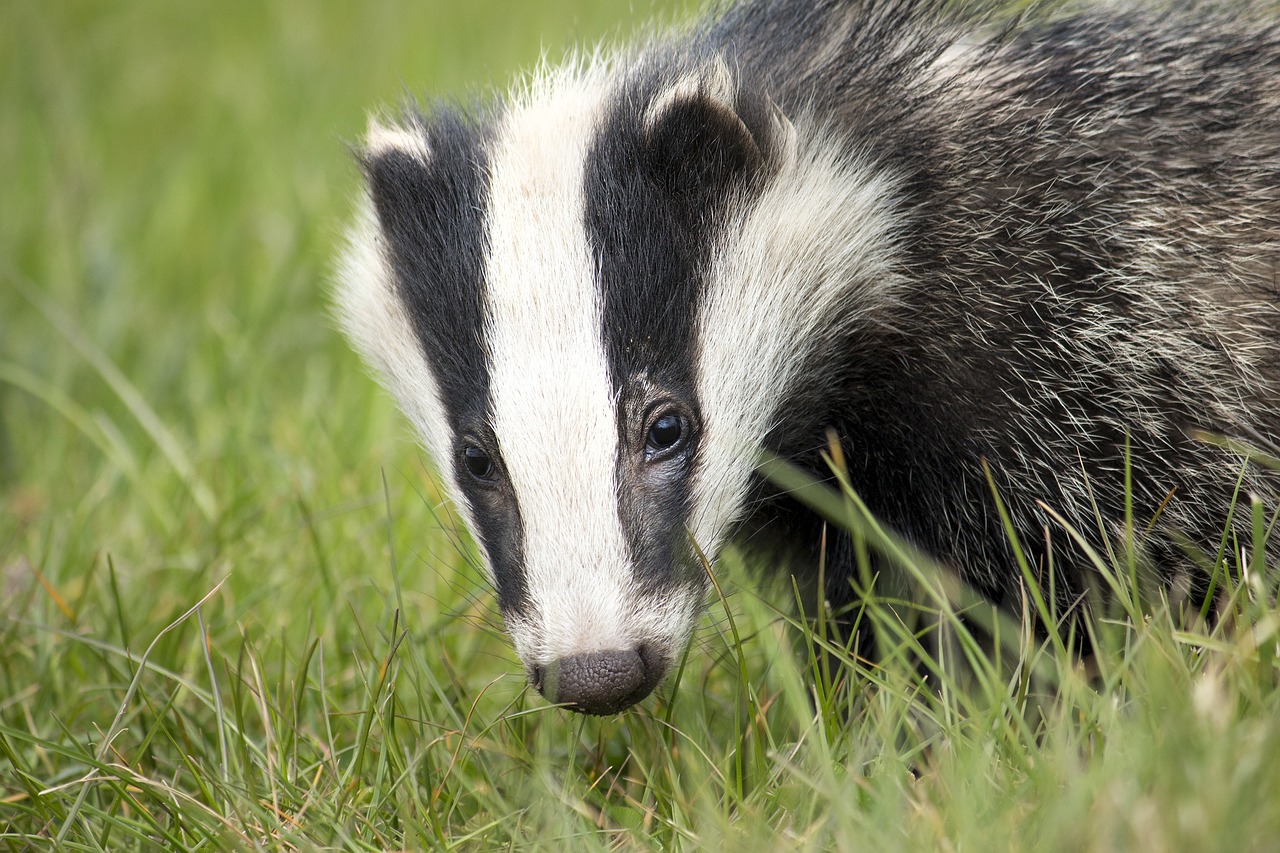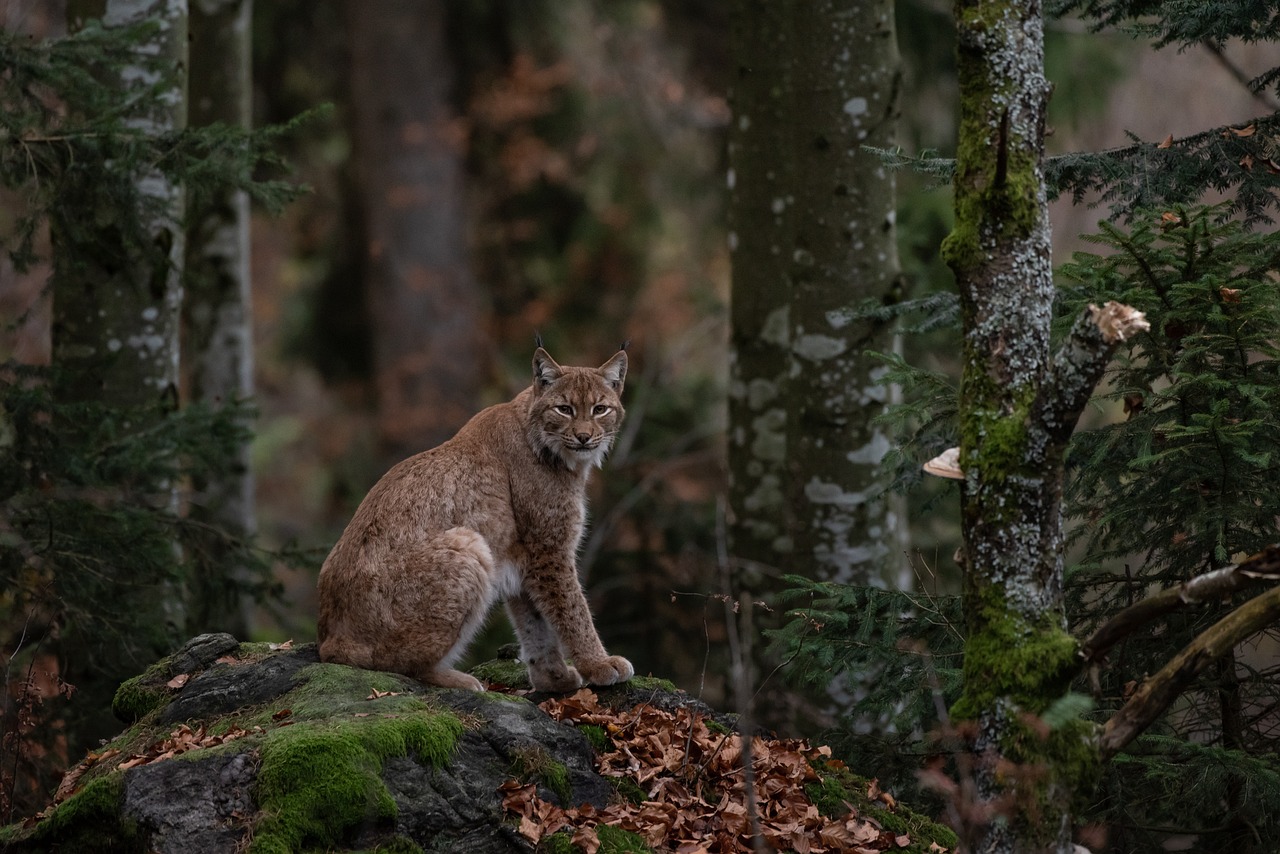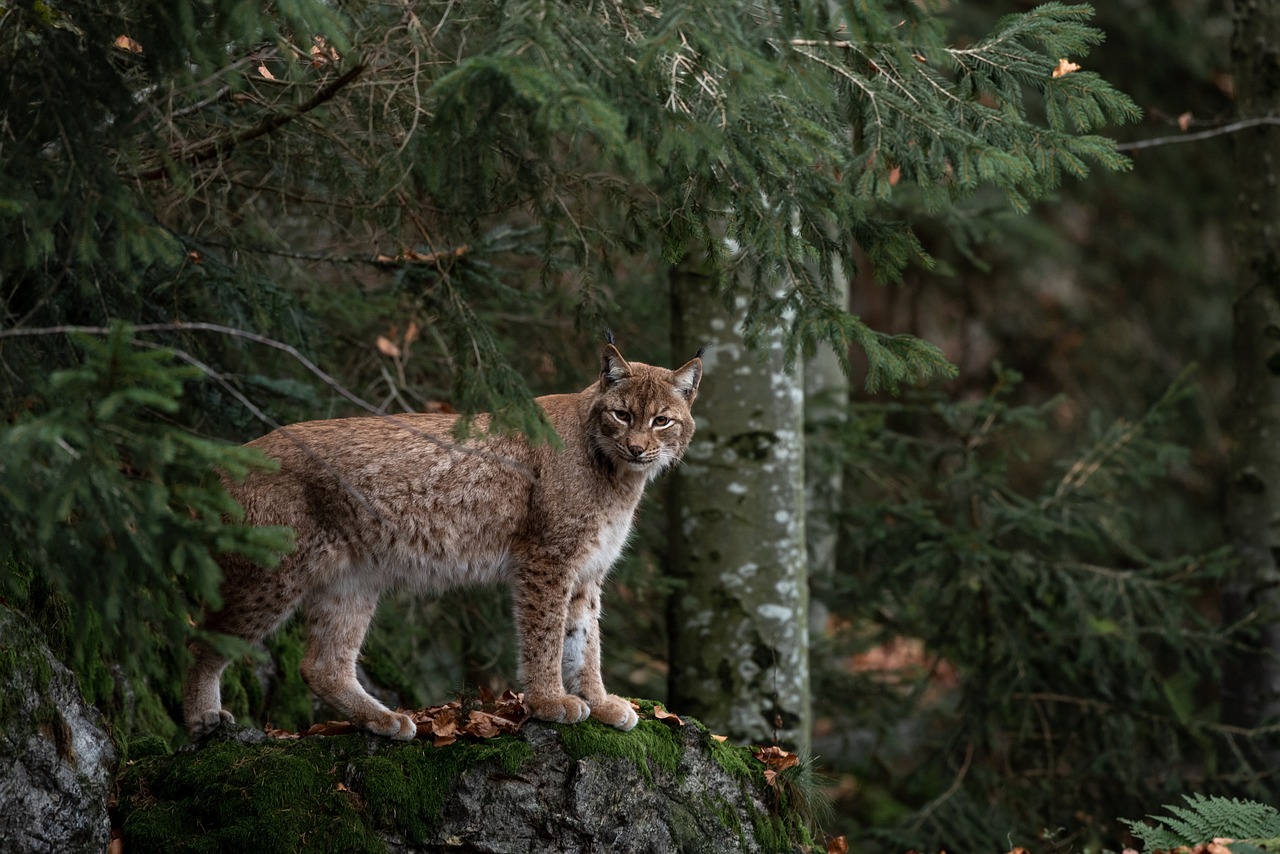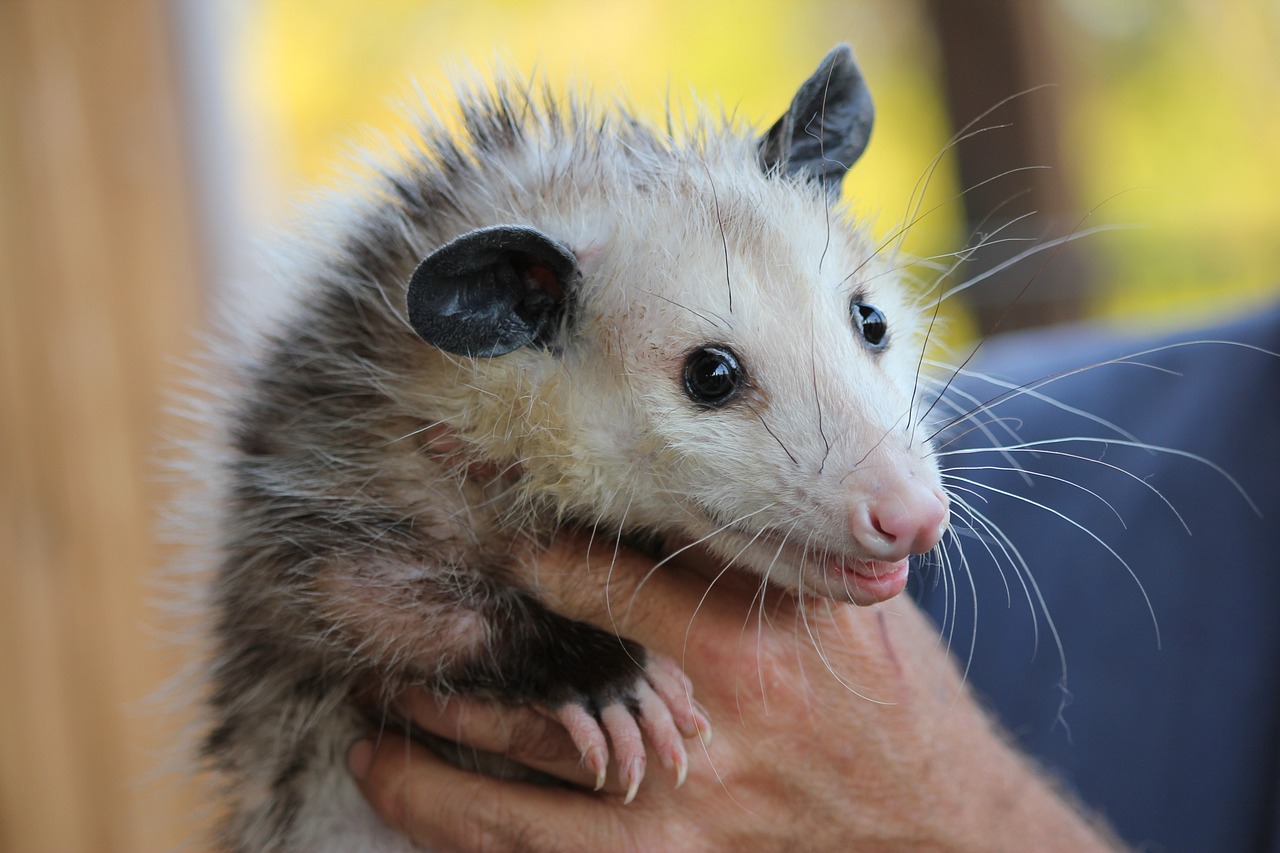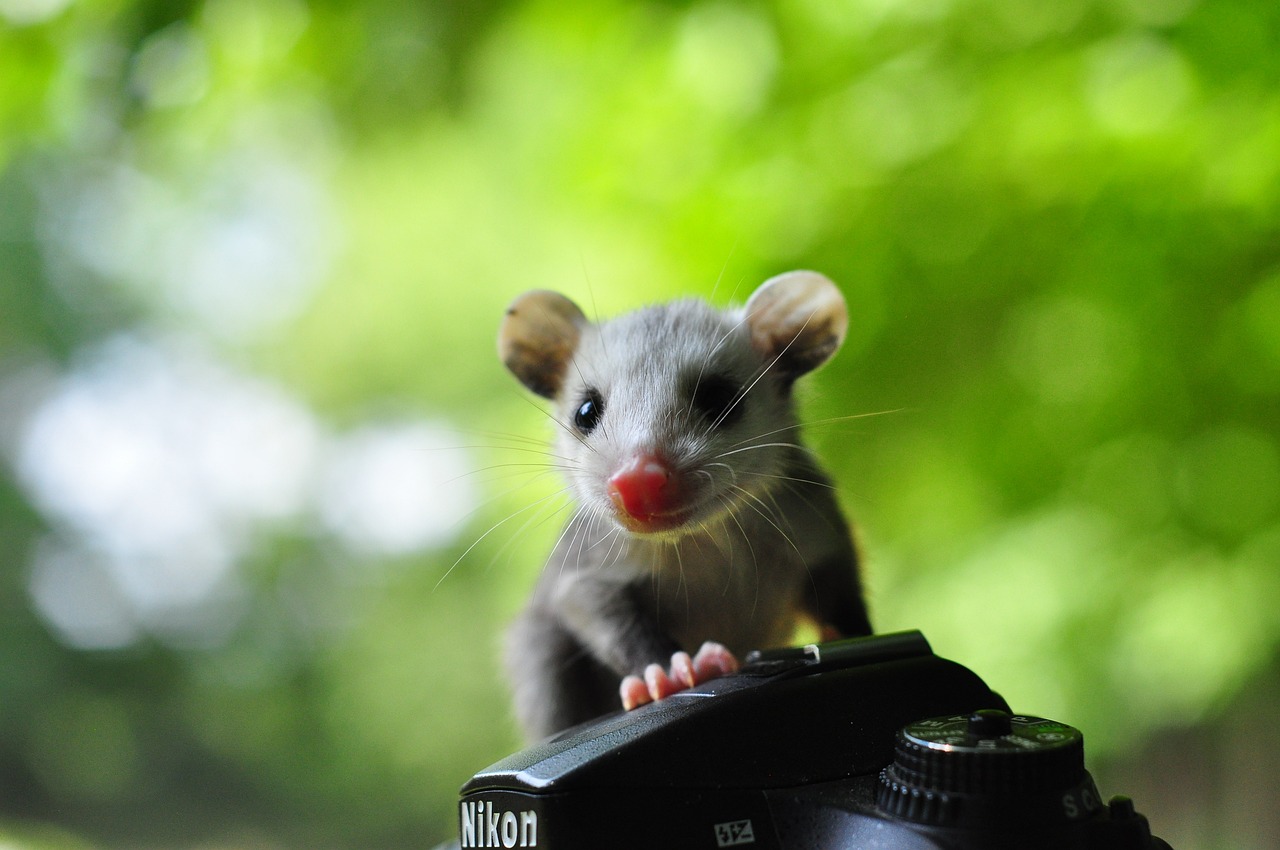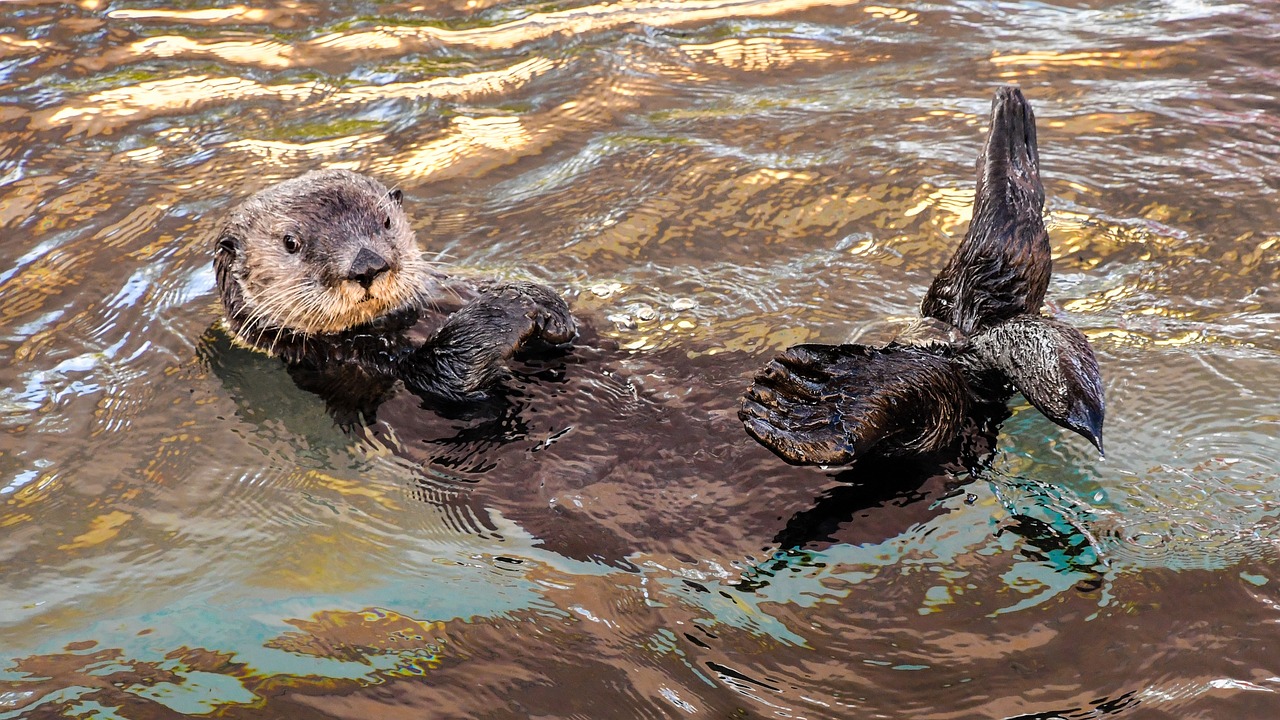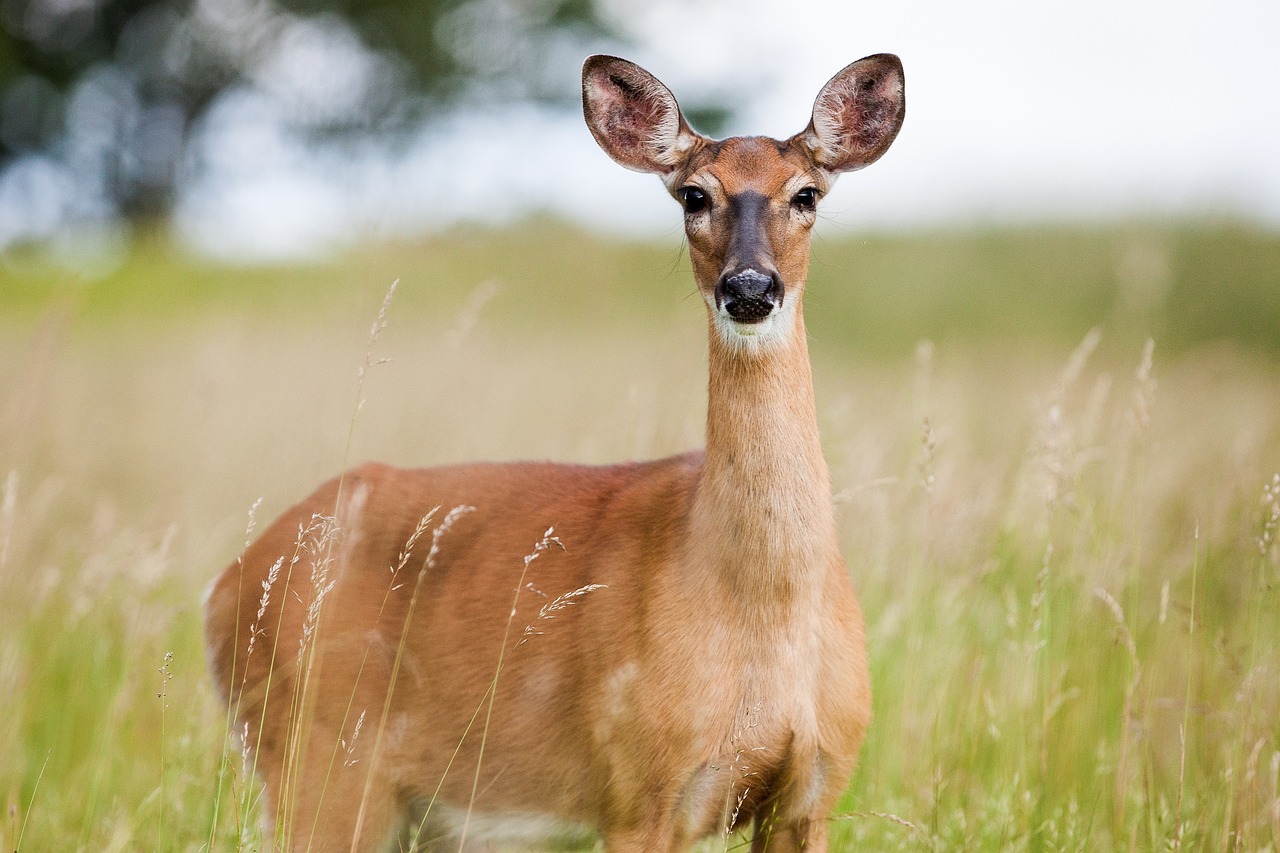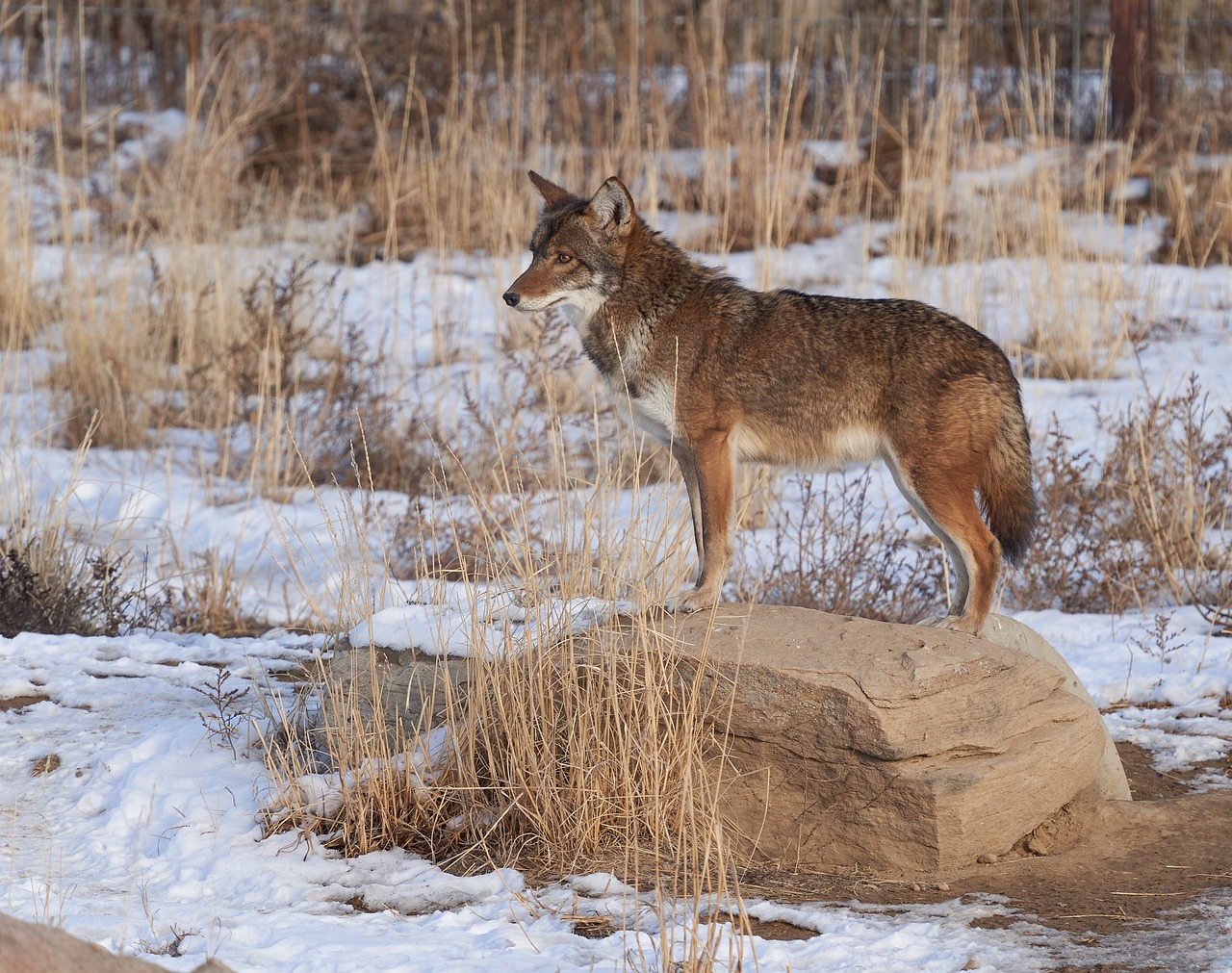
Have you ever wondered just how big coyotes can get? Well, get ready to be amazed! In this article, we’ll delve into the fascinating world of coyote size and explore the various factors that influence their dimensions. From genetics to location and food sources, these factors can have a significant impact on their size and weight.
